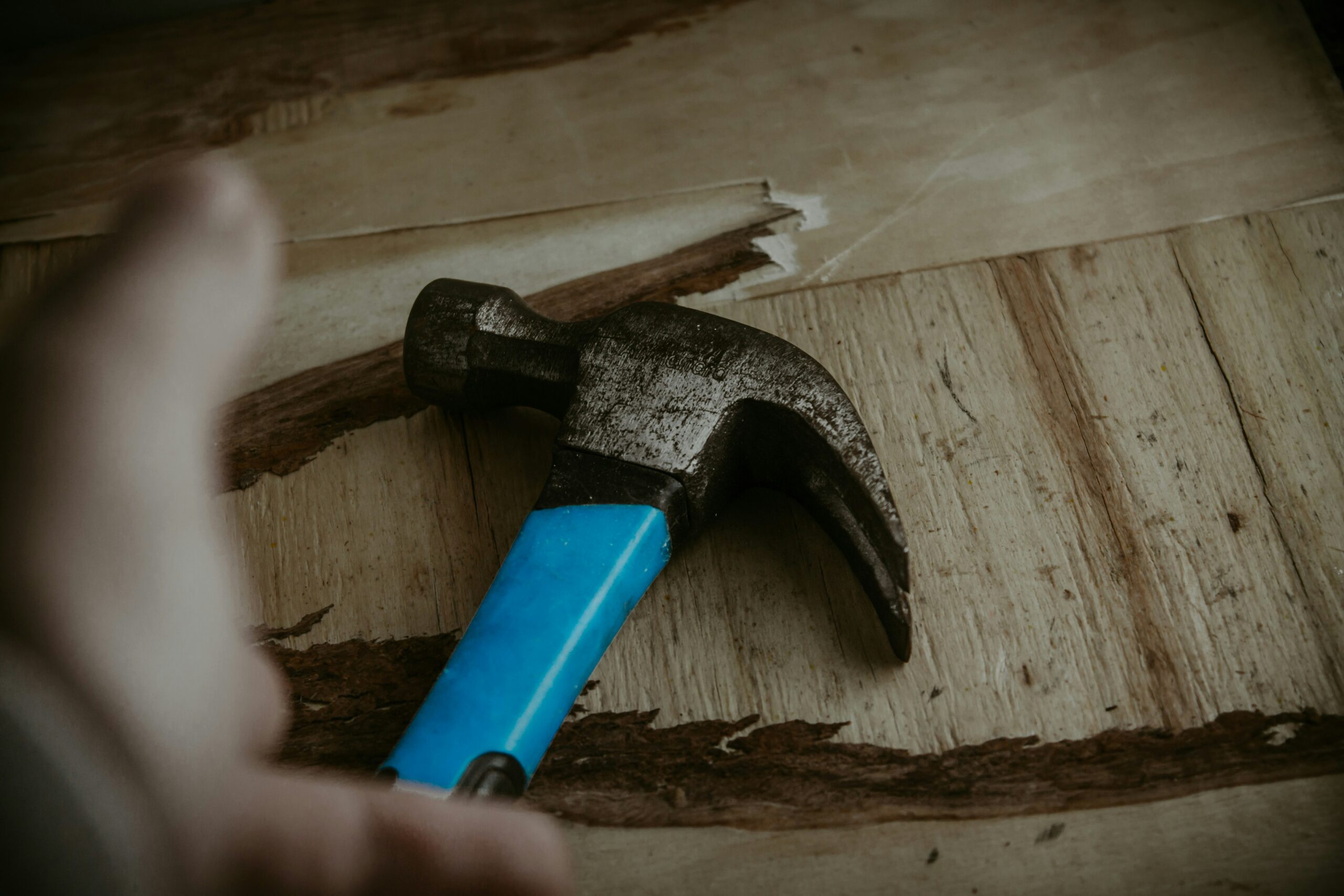Ever felt the urge to smash a bottle without consequences? Rage rooms offer just that, allowing participants to break items with a baseball bat for a cathartic release. On the other hand, escape rooms challenge the mind, where teams solve puzzles to “break free” within a set time.
This content dives into the growing world of indoor adventures, comparing the stress-relieving thrill of rage rooms with the intellectual excitement of escape rooms.
Readers will discover the unique experiences each option offers and learn how to choose the right one for their group, especially for team-building or personal stress relief.
Key Takeaways
- Rage rooms offer a physical outlet for stress with a therapeutic smashing experience
- Escape rooms challenge the mind and emphasize teamwork through solving puzzles
- Personal preference dictates whether individuals choose the kinetic release of rage rooms or cerebral escape rooms
- Safety is a priority, with both rage rooms and escape rooms providing measures like gear and briefings
- Staff play a crucial role in ensuring safety and enhancing the overall experience in both venues
Discovering Rage Rooms: An Exciting Way to Release Energy

Stepping into a rage room offers a unique form of stress relief, where individuals can let loose and release frustration in a safe, controlled environment. Unlike an escape room, a rage room allows guests to smash and break items, providing an exhilarating and therapeutic experience.
In the following sections, you’ll explore the concept behind rage rooms, the energizing activities inside, and the stress-relieving benefits they offer. With each smash, participants aren’t just having fun—they’re also breaking down stress, one shattered object at a time.
Understanding the Concept of Rage Rooms
At its core, a rage room is where emotional release meets physical activity. Visitors gear up with protective face shields and specialized clothing before entering a space designed for smashing objects.
The act of breaking things provides a tangible way to release stress and anger, similar to solving a complex puzzle. In this controlled environment, guests can safely demolish items while having fun. As they swing, throw, and crush, participants often find unexpected peace amidst the chaos, syncing their stress with the sound of shattering debris.
Activities You Can Engage in Within a Rage Room
Within the confines of a rage room, adventure seekers don protective gear and step into a dynamic space where they can unleash their energy on various objects. Whether gripping an axe or other tool, participants feel its weight before smashing a glass bottle, with stress melting away with each swing.
Others may find comfort in dismantling outdated electronics and turning circuit boards and plastic into a pile of therapeutic debris. This physical activity allows individuals to convert emotional tension into exertion, offering a much-needed break from reality.
Benefits of Visiting a Rage Room for Stress Relief
Stepping into a rage room offers a surprisingly effective method for stress relief—like hitting the reset button after a hectic day. With a helmet securely fastened, someone might celebrate a birthday, laughing as they smash items, while a parent, after a long week of juggling responsibilities, feels tension melt away as they swing at a stack of plates.
Each act of destruction, whether throwing a plate or smashing outdated electronics, brings a sense of empowerment and release. By merging joy with destruction, participants leave with a lighter emotional burden, having expressed their frustrations in a safe, judgment-free zone.
Unlocking the Fun of Escape Rooms

After swinging a bat in a rage room, visitors often look for a different kind of challenge—one that tests their minds instead of their ability to smash. Escape rooms provide this mental adventure, offering guests the chance to solve complex puzzles in creative scenarios.
These experiences not only challenge problem-solving skills but also highlight the power of teamwork. In the following sections, readers will uncover the excitement of unraveling escape room mysteries, from intense themes to cooperative strategies that can make or break the escape.
Here, protective gear is swapped for thinking caps as each team member plays a crucial role in the path to success.
How Escape Rooms Challenge Your Problem-Solving Skills
Escape rooms ignite the intellect, pushing participants to use their problem-solving skills within a limited timeline. Every pried-open cabinet or decoded message might reveal the crucial clue needed to escape.
But the real value lies in the skill-building journey—enhancing critical thinking and decision-making in a race against the clock. As teams navigate thematic puzzles and cryptic riddles, they not only create lasting memories but also sharpen their minds, leaving the room more connected and mentally stronger.
Popular Themes and Storylines in Escape Rooms
Every escape room offers a distinctive storyline, immersing players in different worlds where they might act as detectives solving mysteries or adventurers seeking long-lost artifacts. Imagine stepping into a scenario where you must retrieve the hammer of a pirate king, uncover secret patterns in an intricate art heist, or stop a villain skilled in axe throwing.
These themed adventures create a surge of adrenaline as participants tackle each puzzle, with the thrill heightened by tactile experiences. Whether it’s feeling the weight of a hammer, discerning textures in paint, or simulating axe throwing, the sensory elements enhance the satisfaction of each success.
The Role of Teamwork in Successfully Escaping
Every escape room offers a distinctive storyline, immersing players in different worlds where they might act as detectives solving mysteries or adventurers seeking long-lost artifacts. Imagine stepping into a scenario where you must retrieve the hammer of a pirate king, uncover secret patterns in an intricate art heist, or stop a villain skilled in axe throwing.
These themed adventures create a surge of adrenaline as participants tackle each puzzle, with the thrill heightened by tactile experiences. Whether it’s feeling the weight of a hammer, discerning textures in paint, or simulating axe throwing, the sensory elements enhance the satisfaction of each success.
Deciding Between a Rage Room and an Escape Room Experience

Choosing between a rage room and an escape room depends on the type of adventure and challenge you’re looking for. Do you crave the physical release of smashing objects, or does the satisfaction of solving puzzles appeal to you more?
This section will compare the physical intensity of rage rooms with the intellectual stimulation of escape rooms, weigh group interaction against solo play, and consider personal preferences to help adventure-seekers choose the ultimate indoor experience.
Assessing What Type of Adventure Suits You Best
Choosing the right indoor adventure depends on whether you crave a physical release or a mental challenge. For those seeking an outlet for energy, the dynamic destruction of a rage room provides a liberating experience, where safety gear and the sound of shattering objects bring visceral satisfaction.
On the other hand, escape rooms attract puzzle-solvers and story-lovers with narrative-driven experiences filled with mental challenges. Whether you’re after the thrill of breaking things or the intellectual triumph of solving riddles, each indoor adventure offers its own form of entertainment and stress relief.
Comparing Physical and Mental Engagement
When comparing a rage room to an escape room, it’s important to consider the type of engagement you’re seeking. Rage rooms provide a visceral, physical experience, allowing participants to release stress by smashing objects in a liberating way.
In contrast, escape rooms challenge the mind with puzzles and riddles, rewarding teamwork and strategic thinking with a sense of accomplishment. Ultimately, the choice between these indoor adventures depends on whether you prefer a physical outlet or a mentally stimulating challenge.
Considering Group Dynamics and Personal Preferences
The choice between a rage room and an escape room may also depend on group dynamics and personal preferences. Rage rooms offer a cathartic solo experience, ideal for individuals seeking a physical outlet, while escape rooms promote collaboration, making them perfect for corporate teams or groups who enjoy shared problem-solving.
Whether it’s the thrill of demolishing items in a rage room or uncovering clues together in an escape room, considering both group interests and personal preferences—whether physical exertion or mental engagement—will help guide the best indoor adventure choice.
Planning Your Visit to a Rage Room or Escape Room

Ready to embark on an indoor adventure like no other? Preparing for a visit to a rage room or escape room starts with a smooth booking process. Knowing what to wear and what essentials to bring can greatly enhance your experience.
For first-timers, a few practical tips can ensure an unforgettable journey. In the upcoming section, we’ll explore how to book your session, suggest appropriate outfits for safety and comfort, and offer advice to help newcomers navigate their adventures with confidence.
How to Book Your Adventure
To book your indoor adventure, start by visiting the website of the rage room or escape room of your choice. Most venues offer an easy-to-use online reservation system, allowing you to select the desired date and time slot.
With just a click or tap, your booking is confirmed, often requiring a small deposit to secure your spot. Some venues provide packages tailored for corporate teams or discounted group rates for young people. It’s important to book in advance, especially for popular times, to avoid disappointment.
The process is simple and accessible, ensuring you can look forward to your adventure without any hassles. When booking, consider your preference for a physical challenge in a rage room or a mental puzzle in an escape room, and check availability for weekdays versus weekends, as weekdays may offer more open slots.
What to Wear and Bring for Optimal Experience
Before embarking on your indoor adventure in a rage room or escape room, it’s important to consider attire that balances comfort and functionality. Sturdy, closed-toe shoes will protect your feet, while loose-fitting, long-sleeved tops paired with durable pants allow for easy movement without compromising safety.
Rage rooms may provide additional protective gear, but dressing appropriately underneath is essential. For escape rooms, don’t forget to bring glasses if you need them for reading clues and puzzles—every detail counts. By wearing the right clothing, you’ll ensure a safe, immersive, and thrilling experience, whether smashing objects or solving mysteries.
Tips for First-Time Participants
For first-time visitors to rage rooms and escape rooms, preparation is key to a fully enjoyable experience. Start by researching online reviews to set expectations and selecting a venue with great customer feedback. Remember to arrive a little early, allowing time to get acquainted with the premises and immerse oneself in the safety protocols. Here’s a quick rundown to help first-timers prepare:
- Check out venue reviews and choose one with high ratings for a seamless adventure.
- Arrive ahead of schedule to become comfortable with the environment and review the rules.
- Engage with staff and ask questions to clarify any doubts about the experience.
Conclusion
Indoor adventures like rage rooms and escape rooms offer a perfect mix of emotional release and mental challenge, making them essential for stress relief and social bonding. These experiences cater to personal preferences, providing either physical outlets or intellectual victories in group settings that promote teamwork and relationship-building.
With staff ensuring safety and enhancing the immersion, participants can enjoy both thrilling and fulfilling activities. As more people seek unique leisure experiences, rage rooms, and escape rooms stand out as exciting indoor options that meet a variety of needs and interests.

